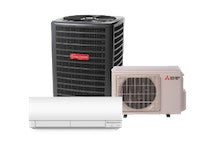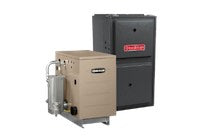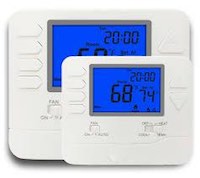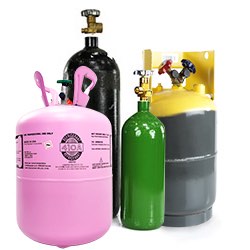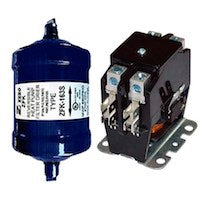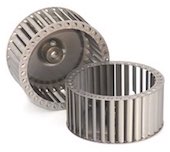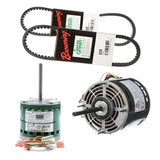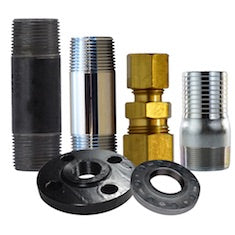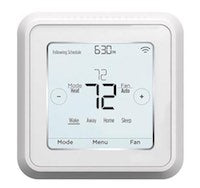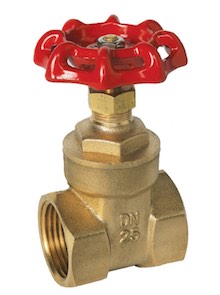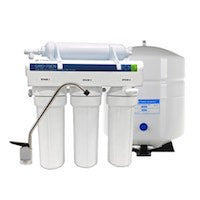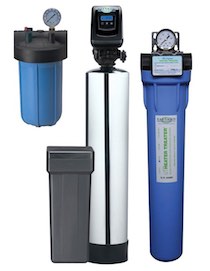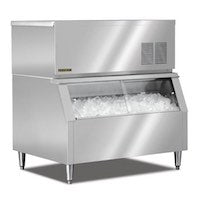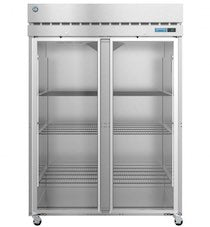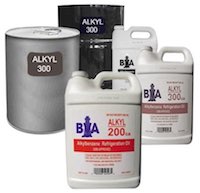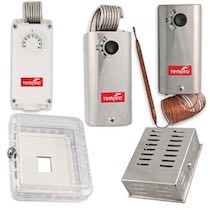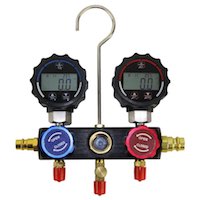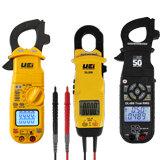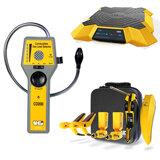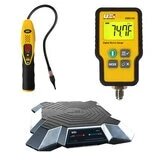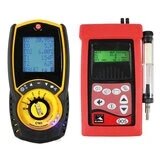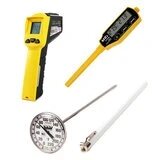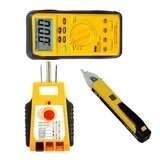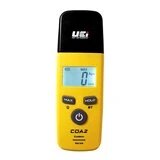
Why You Need a Clamp Meter
Clamp meters combine the functionality of a standard multimeter with the ability to measure current without direct contact. This feature makes them indispensable in situations where breaking the circuit is not an option. For instance, when working on live electrical panels, clamp meters allow you to measure current flow safely by simply clamping the jaws around the conductor. This non-invasive measurement method is not only safer but also saves time, reducing downtime in critical systems.
Key Benefits of Using a Clamp Meter
1. Safety First: One of the primary benefits of using a clamp meter is the increased safety it provides. Since the tool doesn’t require direct contact with live wires, it minimizes the risk of electrical shock.
2. Versatility: Modern clamp meters are not just limited to measuring current. They often include additional features like voltage measurement, continuity testing, and even resistance measurements, making them a versatile tool in your electrical toolkit.
3. Ease of Use: With user-friendly interfaces, digital displays, and often auto-ranging features, clamp meters are designed for ease of use, even for those new to electrical work. The ergonomic design of the clamp makes it simple to hold and maneuver around wires and cables.
4. Efficiency: A clamp meter allows you to perform measurements quickly without needing to shut down equipment or disconnect wires. This efficiency is crucial in environments where maintaining power is essential, such as in industrial settings or data centers.
5. Accurate Measurements: Thanks to advances in technology, clamp meters provide highly accurate current measurements. Some models even come with True RMS (Root Mean Square) technology, ensuring precise readings even in circuits with fluctuating currents or harmonics.
Choosing the Right Clamp Meter
When selecting a clamp meter, consider the range of measurements you need. Some models are designed for low-voltage residential use, while others can handle high-voltage industrial environments. Also, look for additional features such as inrush current measurement, which can be particularly useful for diagnosing start-up issues in motors.

 HVAC
HVAC
 Plumbing
Plumbing
 ELECTRICAL
ELECTRICAL
 Tools & Test Instruments
Tools & Test Instruments
